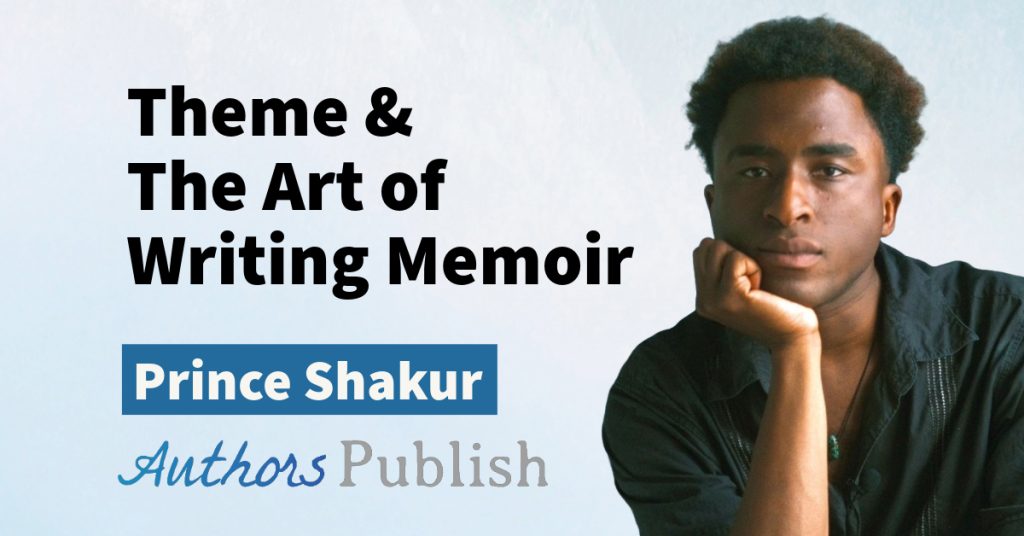By Matthew Meyer
Ever since I picked up my first Goosebumps book back in third grade (I can’t remember what the name of it was exactly), I’ve wanted to do what R.L. Stine was doing. Not necessarily horror books, but the way he structured his writing intrigued me, making me think, “hey! This is neat! I want to do this the rest of my life!”
I wish I had written more during my grade school career, because there’s a whole lot more to it than just jotting something down and hoping a publisher will grab it. Someone told me that I could write anything at any time and it would be good. I was so stressed about what I was going to do for a paycheck that my writing fell on the back burner, when I should have been learning more about character development, the M.I.C.E acronym, and the overall structure of writing.
Every author has their own way of preparing their next big seller. Stephen King has a metaphorical toolbox for structuring a proper story, and R.L. Stine says he plans out every story and works backwards, starting at the title. All of them want aspiring writers to read, read, read, and write, write, write, and I can only agree with them.
No matter how an author writes his or her story, the basic structure is the same. There has to be a plot, characters, conflict, an introduction, middle, and an ending. Katie Surber, a college English professor with a Master’s degree in English, compares the structure like drawing a picture or learning a new dance move. You have to start off small, like drawing the outline of the picture, and then adding more details like shapes. When learning a new dance move, start with the small steps, get your rhythm going, and go from there.
My comparison to writing structure, from the eyes of a rookie, is like constructing a house. Web designers compare building a website to building a house, so why not a story? The way I see it, the same blueprints apply: the foundation is the plot, the basis for the whole story, the walls are the main characters, the beams that support the walls are the supporting characters, and the paint, siding, and roof are the conflict that the characters are being conflicted with.
The foundation is the plot.
When the foundation has too many cracks in it, the support for the house or building is weak. Over time it will start to buckle and then ultimately collapse. The same is true with a story. If the plot has too many weak points, the story will ultimately collapse on itself. The beginning, middle, and ending have to all conjoin, and if there are too many holes, like the conflict is never fully resolved or an important character is left out, then the story will fall through.
The walls and beams are the characters.
The walls are what make up the house, and the walls won’t stand up if the supporting beams aren’t there to help. Everything in the walls, like the insulation and electrical wiring, are what bring the house to life. Characters and their supporting characters bring the story to life. You can have a great plot, but you need great characters and people to back them up. Their feelings and emotions, what’s going on inside of them, what makes them click, that’s their insulation and electrical wiring; the membrane and the nervous system, if you will.
The paint, siding, and roof are the conflict.
The foundation is in place and it’s strong, the walls are up and the supporting beams are doing their job, and the insulation and electrical wiring installed. Now, we have the roof and what we are going to put along the outside of the walls. Are we going to have paint or siding? The paint, siding, and the roof are what are going to happen to the walls and roof, so it’s essentially what’s going to happen to the characters. It’s the actual conflict, and of course, in a story the conflict is much broader and complicated than that.
Whether you’re a well-known author or an aspiring one, the basic structure is always the same. Think of it like a train. You can’t have a caboose without a few carts and the steam engine. This same basic structure is what led a lot of aspiring writers to fame, but no matter how famous you are, if you forget an important step in the blueprint, your writing career may buckle and ultimately collapse.
Bio: Matthew Meyer is an aspiring writer with no published credits to date. He has self-published a children’s book series entitled Raising Hare, was the writer for a Good Samaritan Society newsletter, and has recently received a diploma for Creative Writing.





